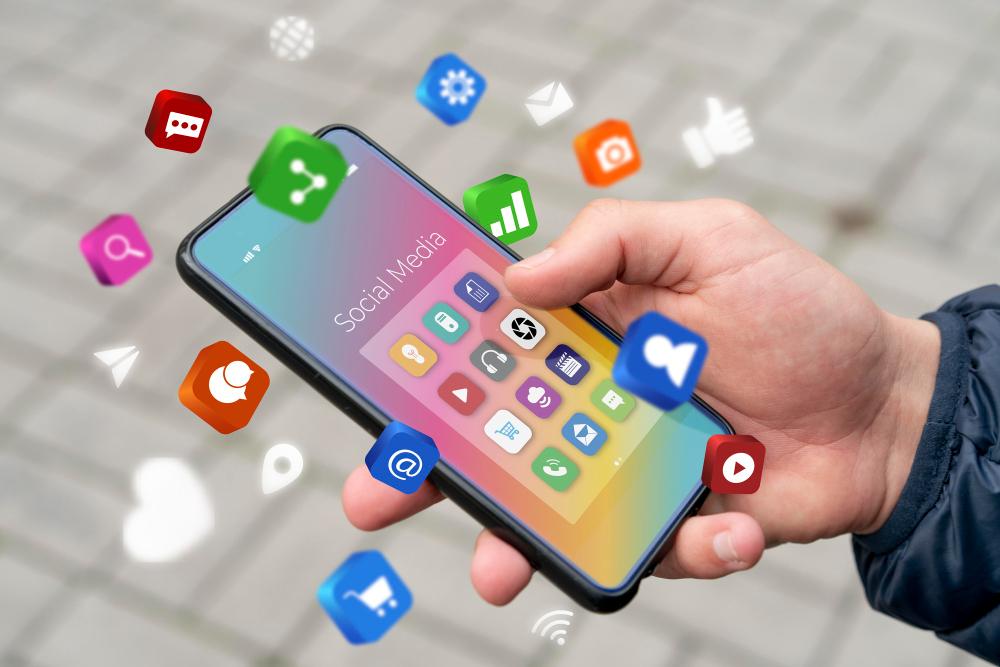You’ve probably heard of Linux on desktop – more specifically, a distro of Linux called Ubuntu. It’s a free and open source operating system that you can install on your computer, developed by Canonical. A few years ago, Canonical started working on a project called Ubuntu Touch, but it was sadly discontinued in early-2017, when Canonical announced they would be stopping all development on Ubuntu Touch. In the same month, a handful of developers picked the project back up and revived it, now titled UBPorts. In this article we will be exploring UBPorts!
What is UBPorts?
UBPorts, as mentioned above is a fork of Ubuntu Touch, which was originally developed by Canonical, and it is now in the hands of the UBPorts Foundation. UBPorts works on a variety of devices, ranging from officially supported devices like the Nexus 5 or the Volla Phone, to unofficial devices like the Samsung Galaxy S5 or the Redmi Note 4X. The project relies on Halium, a compatibility layer between Android’s drivers and the full Linux kernel. On some devices, it allows you to have a full Linux desktop via a project called Convergence. This works by connecting your device to a keyboard, mouse and monitor. The system supports full desktop Linux apps via Libertine, and has moble apps like its Telegram client, TELEPorts. We will not be explaining how to install it in this article, however, because that changes depending on what device you have, so there’s no one universal method.
The interface
UBPorts runs on a version of the Unity desktop called Lomiri, which is just the discontinued Unity8 desktop, adapted to a phone/tablet interface. It uses gestures and navigation buttons to explore the interface. Unfortunately it does not have a dark theme, and customization is pretty limited, only letting you change your wallpaper.

How do you get apps in UBPorts?
UBPorts uses its own package manager called “clickable” to install apps, and a frontend for clickable called OpenStore, which lets you search for apps and install them. The app support right now is quite limited, most apps are only available as PWAs (Progressive Web Apps), and the ones that aren’t, are not very good. There are apps for some mainstream apps like Telegram and Spotify, and others, and an email client called Dekko 2, which is probably the best one you can find in the store. If you depend on apps like banking apps, or Whatsapp, you’re out of luck, since there’s no clients for most banking apps and Whatsapp is only available as the web version.

Conclusion
UBPorts seems promising, however the lackluster app support and the limited device support makes it hard to recommend. If you want to support the free and open source community, and don’t mind the issues, or you just want to try it out on your supported device, go ahead. And hey, if your device isn’t supported, there are many talented developers that will surely help you out in their Telegram chats, so that you can port UBPorts to your own device. You can find out more about UBPorts on their website.




